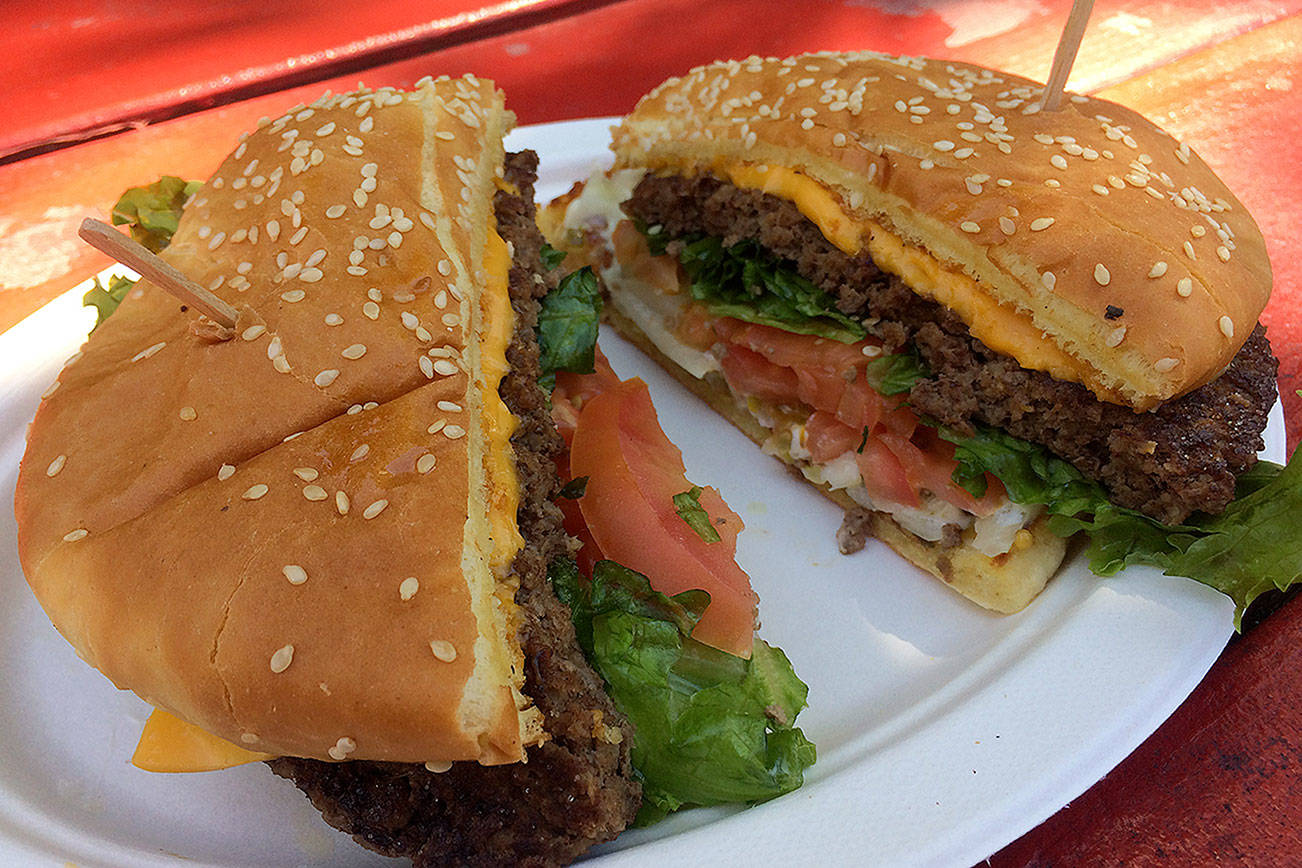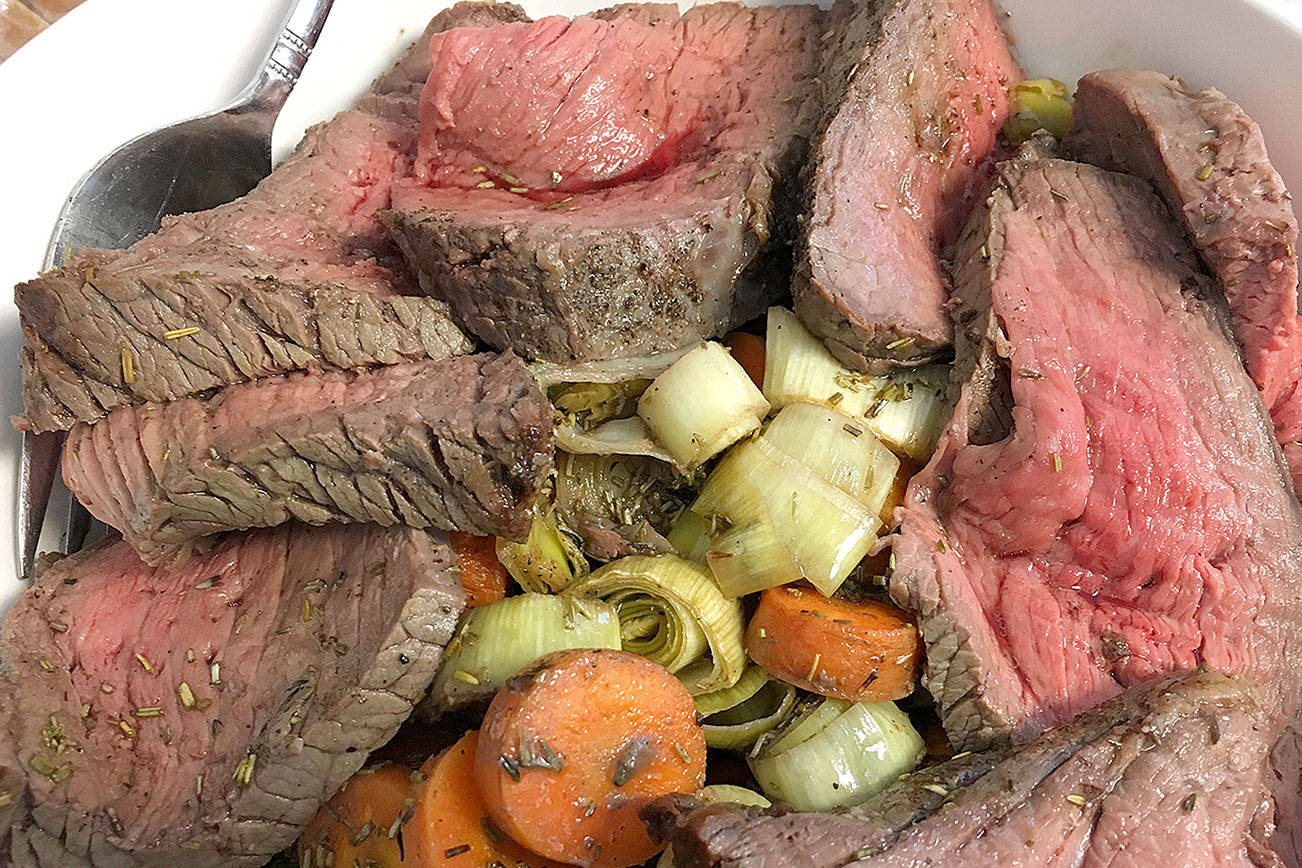It’s that time of week when we answer the questions you’re too drunk or shy to ask…This one comes from Samuel:Last night, I overheard a bartender discussing the origin of the martini with a few cocktail connoisseurs. I was fascinated by the debate because it seemed like they couldn’t agree, but also depressed. I consider myself someone who enjoys a good cocktail but do people really judge me when I order a drink like vodka martini? Does it matter?First, Samuel, I call people who engage in such dialogue nerds, turning the word into two syllables, the first one a drawn out “nee.” There is little more insufferable to me than a gaggle of cocktail dorks debating the finer points of a drink.But as to your question, the answer is no–mostly. Wonderful things can happen when you tinker around with a drink recipe, and everyone should be free to alter any drink to his individual preferences. On the other hand, I strongly believe that, as an anchor, tradition matters. Recipes have value. No matter how the cocktail’s been bastardized, for example, I still believe that a martini without vermouth is just a glass of chilled liquor with some olives in it. That being said, I’ll happily make the drink with whatever liquor–vodka, gin or banana schnapps–you desire. And if you want a tequila martini, I’ll make that too.Honestly, though, the martini topic bores me, so let’s skip it and pick a better example. No drink more strongly illustrates the point of honoring tradition while allowing for evolution than the first American cocktail, the Sazerac. The original Sazerac mixed French brandy and Peychaud’s bitters. Antoine Peychaud had an apothecary in New Orleans, and whether that bitters was the same as the bright red Peychaud bitters you can buy today, no one knows.As the concoction came to be made in other establishments, a splash of absinthe joined the accepted recipe, and American rye whiskey replaced the French brandy, most likely motivated by the former’s relative affordability. So in the late 1800s, you had what is still accepted as the basic recipe for the Sazerac today: rye whiskey with bitters and a hint of absinthe.At the turn of the century, however, America outlawed absinthe, and soon after came Prohibition. Once Prohibition ended, pastis (a wormwood-free anise flavored liqueur) replaced absinthe, and the only version made in New Orleans, called Herbsaint, became a part of the Sazerac.So which Sazerac is the proper one? I’d say it’s the one made with Herbsaint and Peychaud bitters, only because these products are made in New Orleans and lend to the tradition of the drink. But is that the most correct Sazerac? I’ve had many a bar reach for bourbon when I order a Sazerac. I consider this to be wrong, only because bourbon is generally too sweet. That said, I’d still ask you what type of brown liquor you wanted before making you one, because you’re the one who has to drink it.Drink recipes can be ephemeral, and the stories spouting their origins beyond dubious, as much of the history is an oral one. The only thing that’s wrong about honoring or not honoring cocktail history, Samuel, is someone getting pedantic with you about it.Got a question for the bartender? Email me at msavarino@seattleweekly.com.
More Stories From This Author
For 50 years, Zeke’s off US 2 has served delicious burgers
It’s been a popular pit stop in Gold Bar for skiers and hikers, and the same family still runs it.
With ‘Game of Thrones’ ending, it’s time for a proper feast
How to make a meal inspired by the Lannisters’ and Starks’ world, fit for the King in the North.
Stash Box: 2016-2019
Time to roll one for the road …





